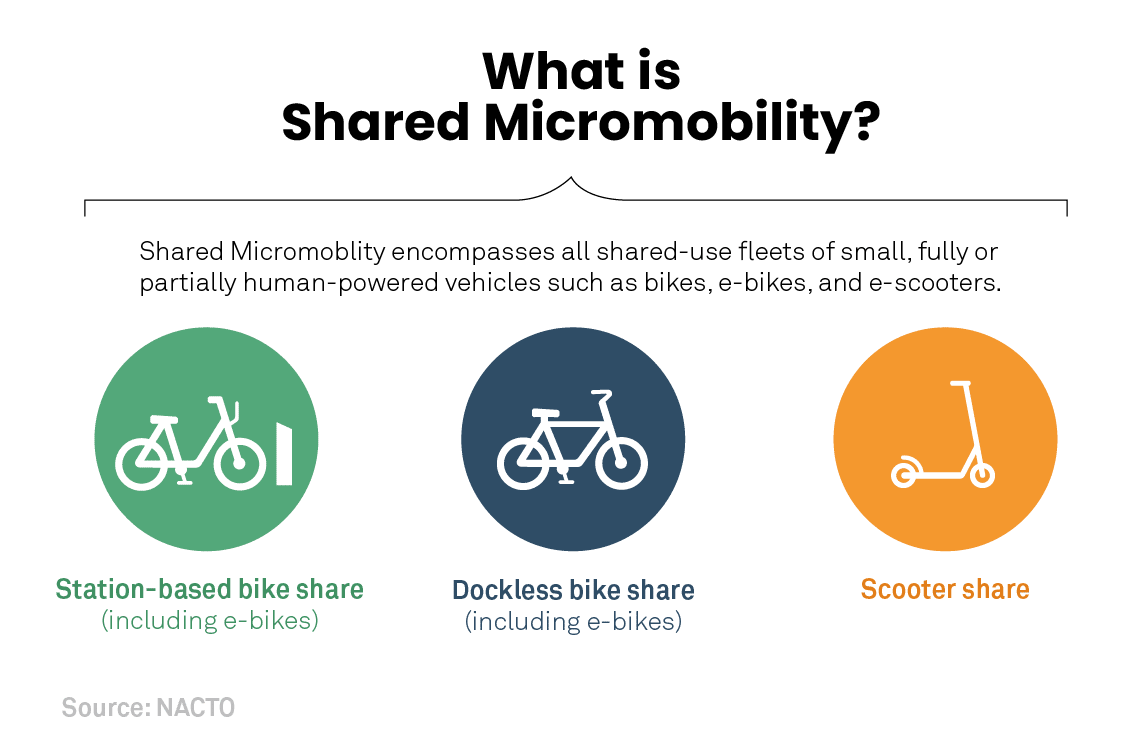Exploring E-Bike Types: What Each Classification Represents
Exploring E-Bike Types: What Each Classification Represents
Blog Article
Developed By-Feldman Velazquez
If you're taking into consideration purchasing an e-bike, comprehending the different courses is key in making a notified decision. You may be stunned at how each class provides special features that satisfy various riding preferences and legal demands. From pedal-assist alternatives to throttle-controlled designs, each class has its advantages. So, before you choose the excellent e-bike for your needs, it's important to understand the distinctions in between Class 1, Class 2, and Course 3 e-bikes.
Course 1 E-Bikes
Class 1 E-Bikes are defined as pedal-assist electrical bicycles that offer aid just when you pedal, ceasing to do so as soon as you get to 20 mph. These bikes are best for those seeking a little additional boost while still wanting to get some exercise. bikes with forward pedals -Bikes use a smooth transition in between pedaling and electrical assistance, aiding you overcome hills and cross countries effortlessly. The electric motor kicks in as quickly as you start pedaling, providing a natural and effortless adventure experience.
One of the crucial advantages of Class 1 E-Bikes is that they're enabled on a lot of bike paths and trails where standard bikes are allowed. This means you can explore new paths and take pleasure in the outdoors without any restrictions.
Additionally, these bikes are environmentally friendly and supply a lasting mode of transportation, decreasing your carbon footprint while still getting you to your location efficiently.
Class 2 E-Bikes
Proceeding from the pedal-assist dynamics of Course 1 E-Bikes, Class 2 E-Bikes present a new element into the electrical bike realm. These e-bikes come with a spin throttle attribute, allowing you to ride without pedaling in any way. With this addition, you have the choice to just engage the throttle and allow the motor do the work, driving you onward easily.
click the up coming webpage -Bikes are suitable for bikers that may need a break from pedaling or call for aid when starting from a full stop. This attribute makes them particularly appealing for people with restricted flexibility or those that desire an even more leisurely riding experience.
Nonetheless, it is essential to keep in mind that Course 2 E-Bikes are still controlled by a rate restriction of 20 mph, ensuring safety and security and compliance with laws.
Course 3 E-Bikes
For motorcyclists looking for an extra vibrant electric biking experience, Course 3 E-Bikes deal improved rate and efficiency contrasted to their Class 1 and Course 2 equivalents. Class 3 E-Bikes are known as "rate pedelecs" and can get to rates of up to 28 mph, giving a thrilling experience for those seeking an added boost. These bikes come geared up with a pedal-assist system that kicks in when you start pedaling, making it less complicated to maintain higher speeds with less initiative.
One vital function of Course 3 E-Bikes is that they aren't limited to bike lanes only; they can likewise be made use of on streets where the speed limit is 30 mph or reduced. This flexibility allows motorcyclists to browse via web traffic a lot more efficiently while still enjoying the benefits of electrical assistance.
However, it's important to remember that some areas might have specific laws pertaining to the use of Course 3 E-Bikes, so constantly inspect regional legislations prior to hitting the trail.
Conclusion
So, now that you recognize the differences in between Class 1, 2, and 3 E-Bikes, you can make an educated choice on which kind finest suits your demands. Whether you choose pedal-assist, throttle feature, or higher rates, there is an E-Bike class around for you. https://felixdoxgp.atualblog.com/39276546/crucial-elements-to-review-when-selecting-one-of-the-most-appropriate-e-bike-for-your-way-of-life in mind to consider your regional laws and individual choices before making your choice. Pleased riding!
